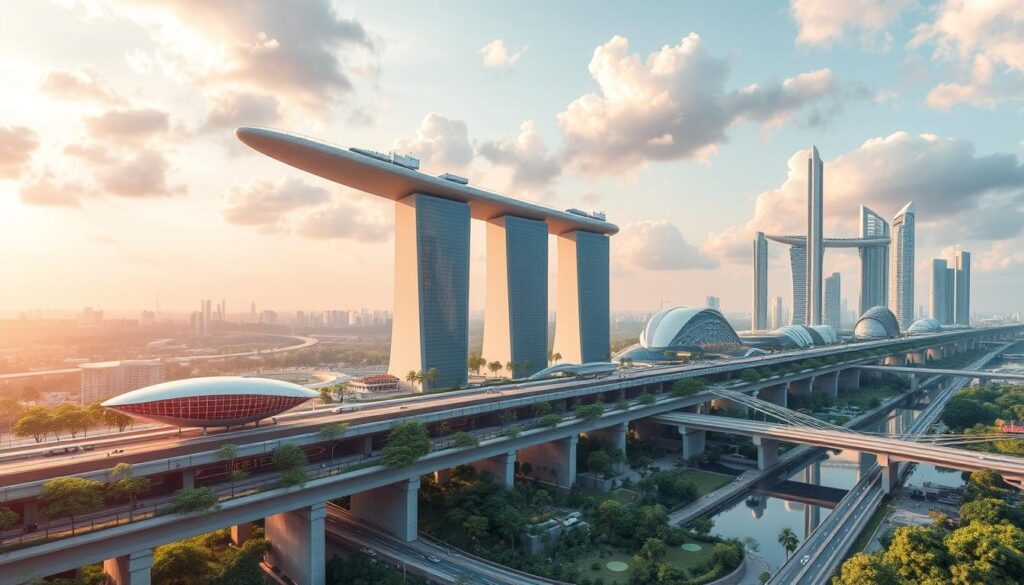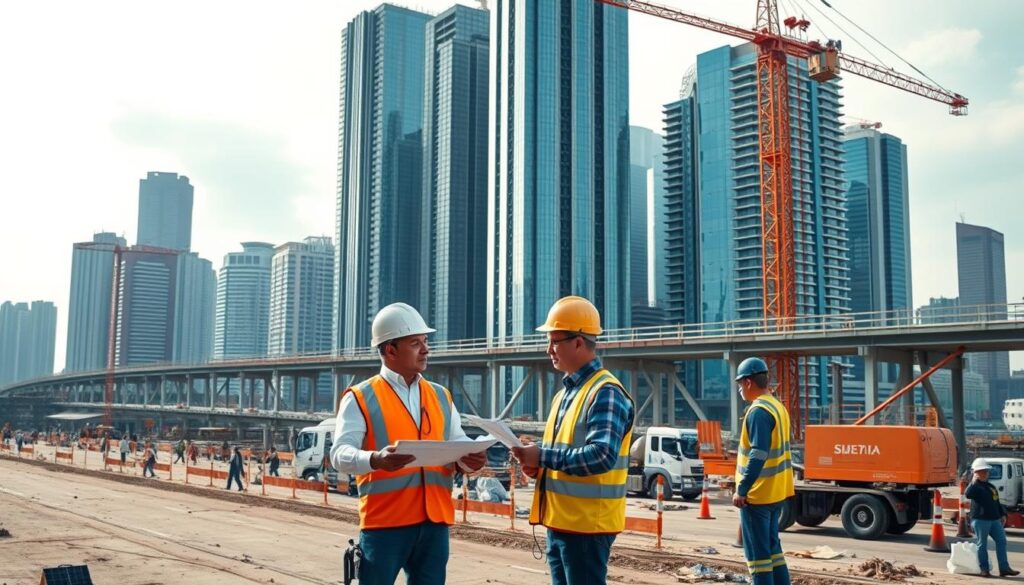Southeast Asia stands at the forefront of infrastructure development, creating unprecedented opportunities for civil engineers. With massive investments in transportation networks, urban development, and sustainable infrastructure, the civil engineering scope in Southeast Asia has never been more promising. This comprehensive guide explores the educational foundations, career opportunities, professional requirements, and emerging trends that define the civil engineering landscape across this dynamic region.
Educational Foundations for Civil Engineering in Southeast Asia
A strong educational background is essential for building a successful civil engineering career in Southeast Asia. The region boasts several world-class institutions that offer comprehensive civil engineering programs aligned with international standards.
Top Civil Engineering Universities in Southeast Asia
| University | Country | QS Ranking (Engineering) | Notable Specializations | International Student Support |
| National University of Singapore | Singapore | 8 | Structural, Geotechnical, Water Resources | Extensive |
| Nanyang Technological University | Singapore | 12 | Sustainable Infrastructure, Transportation | Comprehensive |
| University of Malaya | Malaysia | 65 | Structural Engineering, Construction Management | Good |
| Universiti Teknologi Malaysia | Malaysia | 72 | Hydraulics, Environmental Engineering | Good |
| Chulalongkorn University | Thailand | 98 | Earthquake Engineering, Infrastructure Design | Moderate |
| Institut Teknologi Bandung | Indonesia | 112 | Geotechnical, Structural Engineering | Moderate |
| De La Salle University | Philippines | 156 | Construction Technology, Water Resources | Moderate |
| King Mongkut’s University of Technology | Thailand | 179 | Transportation, Smart Infrastructure | Moderate |
| Universiti Putra Malaysia | Malaysia | 187 | Environmental Engineering, Smart Construction | Good |
| Vietnam National University | Vietnam | 201 | Urban Infrastructure, Coastal Engineering | Developing |
Best Engineering Colleges for International Students
International students seeking civil engineering education in Southeast Asia should consider institutions that offer strong support systems, English-taught programs, and international accreditation.

Universities in Singapore and Malaysia offer the most comprehensive support for international students, with English as the primary language of instruction and globally recognized accreditation.
- Language Support: Singapore and Malaysian universities offer fully English-taught programs, while Thai, Indonesian, and Vietnamese institutions may have limited English options.
- Scholarship Opportunities: ASEAN scholarships, Singapore International Graduate Award, and Malaysia International Scholarship are available for international students.
- Accreditation: Look for programs accredited by Washington Accord signatories for global recognition of your engineering qualification.
- Industry Connections: Universities in Singapore and Malaysia maintain strong ties with multinational engineering firms, facilitating internships and job placements.
- Research Opportunities: NUS and NTU in Singapore offer extensive research facilities in areas like sustainable construction and smart infrastructure.
Career Opportunities in Southeast Asian Civil Engineering
The civil engineering scope in Southeast Asia spans multiple sectors, from traditional infrastructure development to emerging fields like sustainable construction and smart city planning.
Job Markets in Singapore and Malaysia
Singapore Civil Engineering Market

- Average Salary Range: SGD 45,000-120,000 annually (USD 33,000-89,000)
- Key Sectors: Urban redevelopment, transportation infrastructure, water management
- Major Employers: Land Transport Authority, Housing Development Board, Surbana Jurong, CPG Corporation
- Growth Areas: Green building design, underground space utilization, coastal protection
- Work Visa: Employment Pass (for professionals) with minimum salary of SGD 5,000 monthly
Malaysia Civil Engineering Market
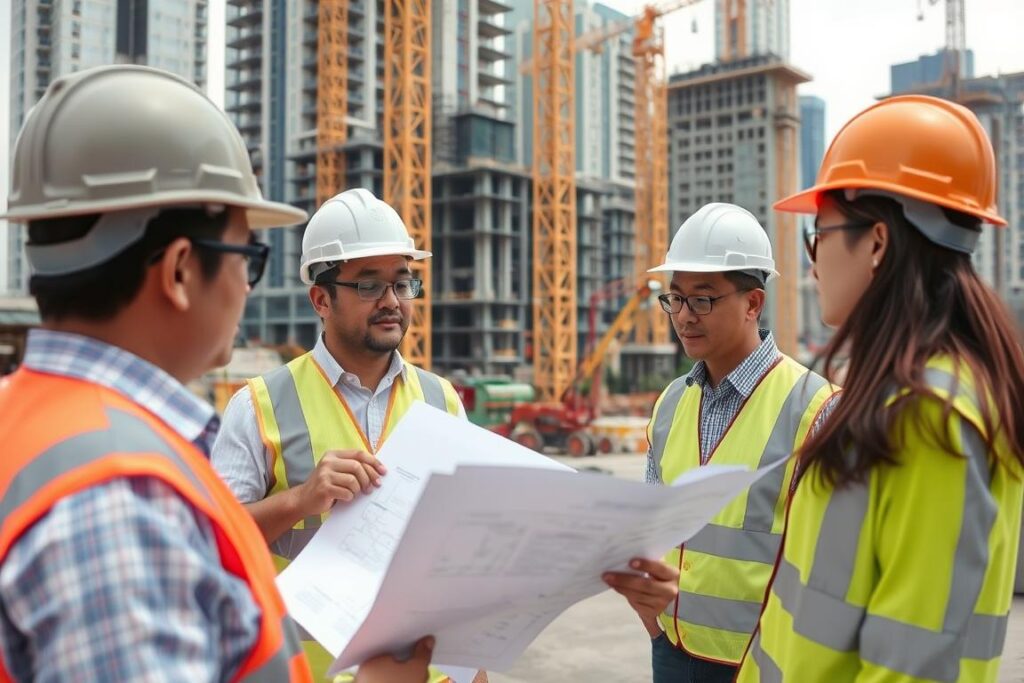
- Average Salary Range: MYR 36,000-96,000 annually (USD 8,000-21,000)
- Key Sectors: Infrastructure development, residential construction, industrial facilities
- Major Employers: Gamuda Berhad, IJM Corporation, Malaysian Public Works Department
- Growth Areas: Affordable housing, transportation networks, sustainable infrastructure
- Work Visa: Employment Pass Category I, II, or III depending on salary and contract duration
Demand for Electrical Engineers and Emerging Software Engineering Fields
Beyond traditional civil engineering, there’s growing demand for professionals with interdisciplinary skills, particularly in electrical engineering and software development for infrastructure projects.
Electrical Engineering in Infrastructure
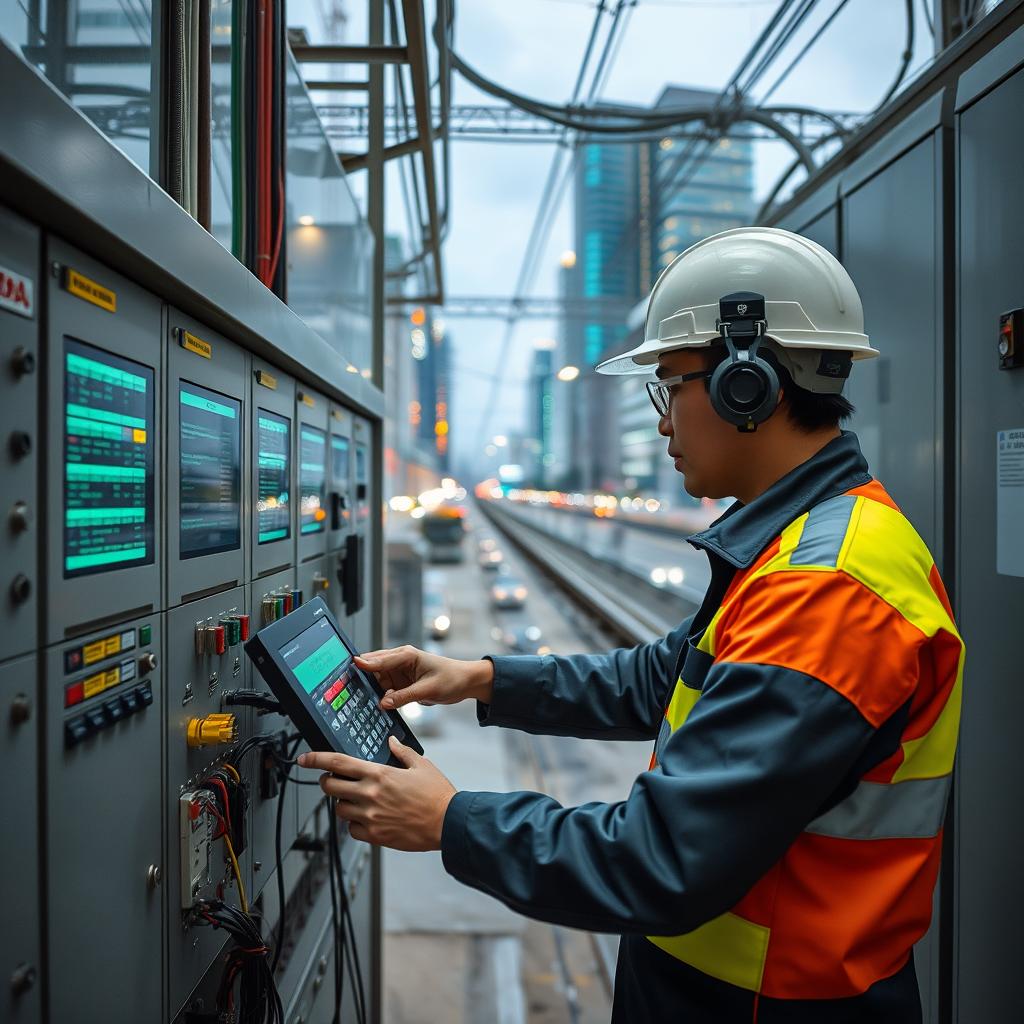
Electrical engineers are essential for power distribution systems, building automation, and smart infrastructure development across Southeast Asia.
Salary Range: USD 30,000-75,000 annually
Software Engineering for Infrastructure
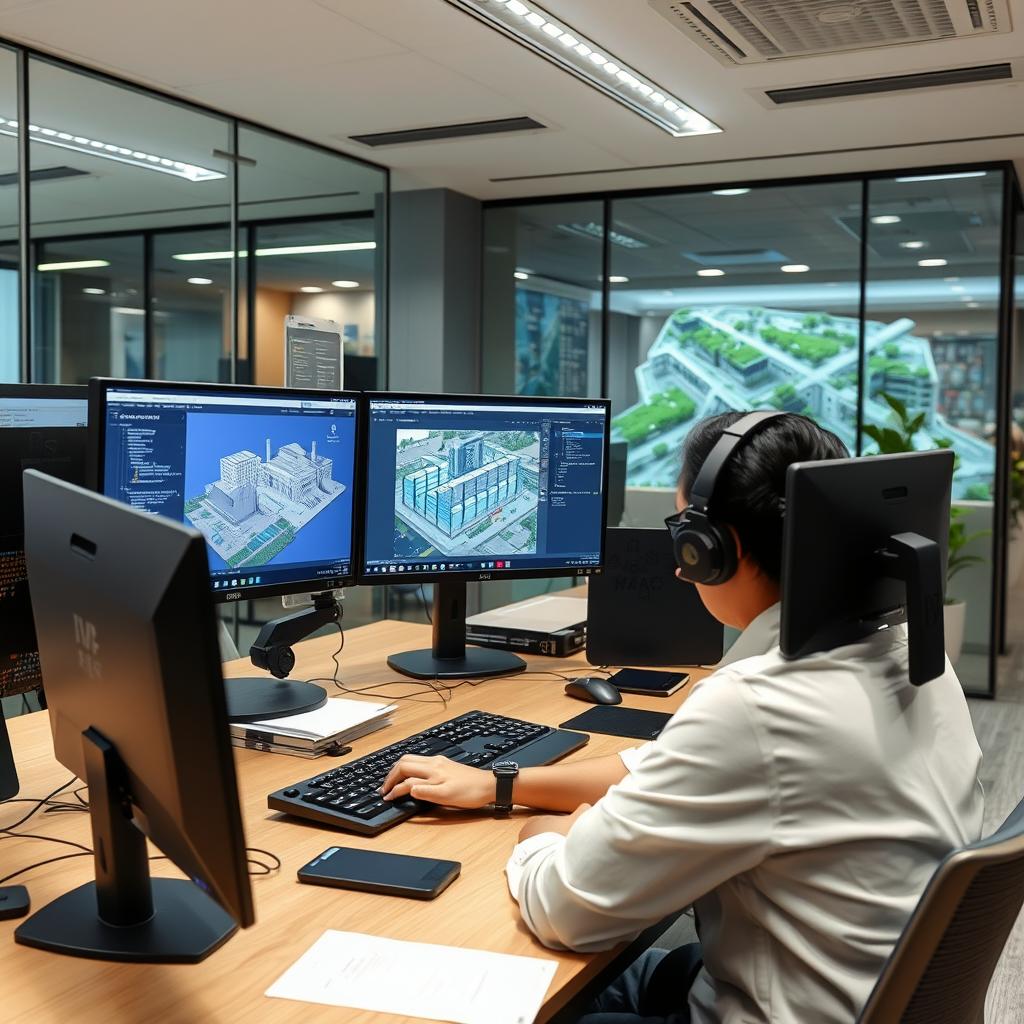
Software engineers specializing in Building Information Modeling (BIM), infrastructure monitoring systems, and smart city applications are increasingly sought after.
Salary Range: USD 35,000-85,000 annually
Emerging Interdisciplinary Fields

Interdisciplinary roles combining civil engineering with data science, IoT implementation, and renewable energy integration represent the fastest-growing segment.
Salary Range: USD 40,000-90,000 annually
Professional Development and Licensing
Professional recognition and licensing are crucial for civil engineers working in Southeast Asia, with each country maintaining its own regulatory framework.
How to Get Licensed as a Civil Engineer in India
While not part of Southeast Asia, many engineers from India work throughout the region, making Indian licensing relevant to the broader discussion.
- Complete an Accredited Engineering Degree – Earn a B.Tech or B.E. in Civil Engineering from an institution accredited by the All India Council for Technical Education (AICTE).
- Register with the Institution of Engineers – Apply for membership with the Institution of Engineers India (IEI) as a Graduate Engineer.
- Gain Practical Experience – Accumulate at least 2 years of practical experience under a licensed professional engineer.
- Pass the Professional Engineering Examination – Successfully complete the Professional Engineering Examination conducted by the IEI.
- Apply for Chartered Engineer Status – Submit documentation of education, experience, and examination results to obtain Chartered Engineer status.
- Register with State Engineering Council – Register with the relevant state engineering council where you intend to practice.
- Maintain Continuing Professional Development – Fulfill continuing education requirements to maintain licensure.
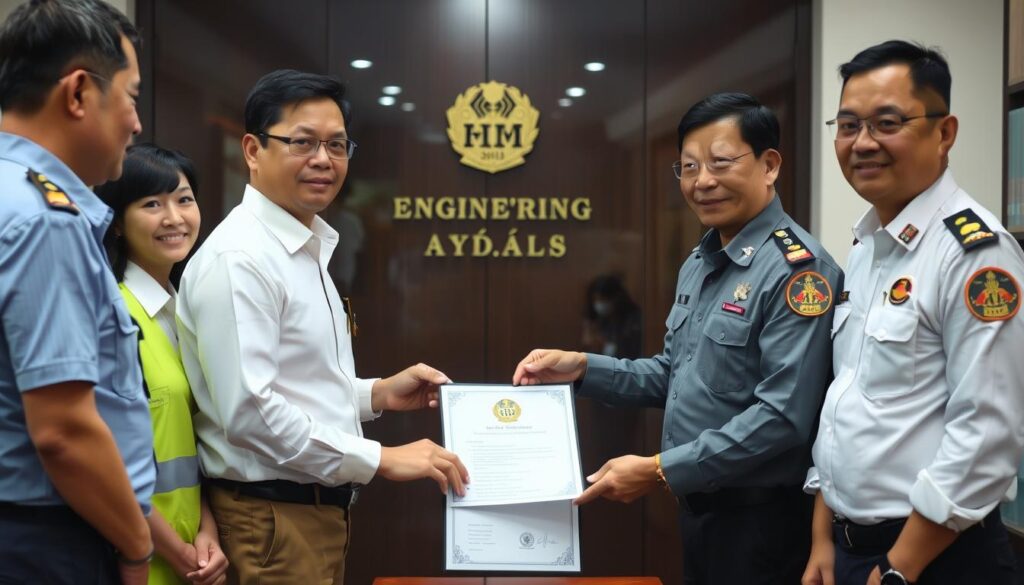
MTech vs MBA Comparison for Civil Engineers in India
| Aspect | MTech (Civil Engineering) | MBA (Construction/Project Management) |
| Career Focus | Technical specialization and research | Management, business, and leadership |
| Duration | 2 years | 1-2 years |
| Average Cost | ₹50,000-₹300,000 total | ₹500,000-₹2,500,000 total |
| Career Paths | Structural Engineer, Design Specialist, Research Engineer | Project Manager, Construction Manager, Consultant |
| Starting Salary | ₹400,000-₹700,000 annually | ₹600,000-₹1,200,000 annually |
| Mid-Career Salary | ₹800,000-₹1,500,000 annually | ₹1,200,000-₹2,500,000 annually |
| Southeast Asia Relevance | High demand for technical specialists in infrastructure projects | Growing need for project managers in expanding construction sector |
| Long-term Growth | Specialized technical roles, potential for academic positions | Executive positions, entrepreneurship opportunities |
Industry Standards and Tools in Southeast Asian Civil Engineering
Understanding regional standards and mastering industry-specific tools are essential for civil engineers working across Southeast Asia.
Construction Site Safety Regulations Across Asia
Singapore
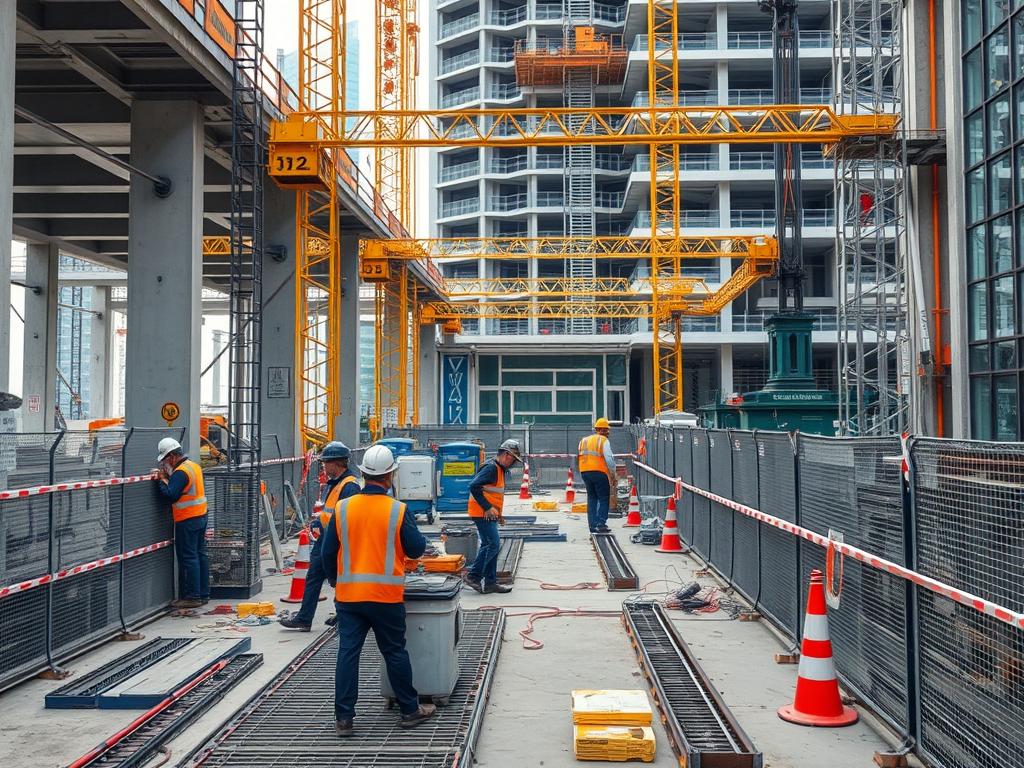
- Regulatory Body: Workplace Safety and Health Council
- Key Legislation: Workplace Safety and Health Act
- Safety Requirements: Mandatory safety training, risk assessment, and safety management systems
- Enforcement: Regular inspections with severe penalties for non-compliance
Malaysia
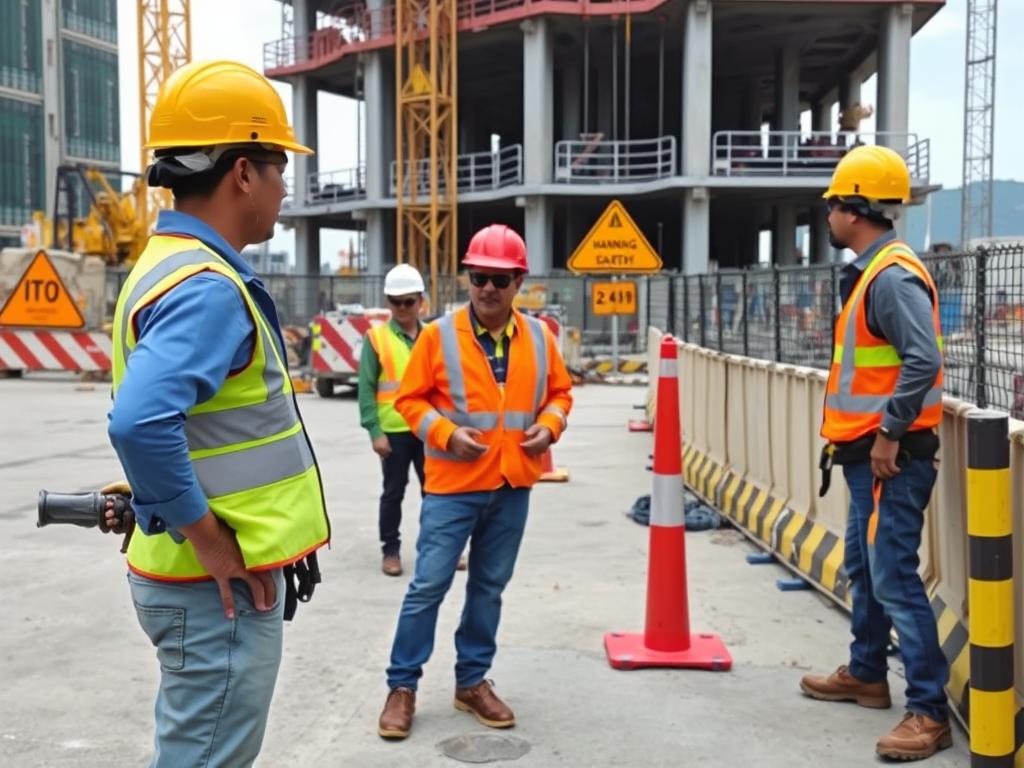
- Regulatory Body: Department of Occupational Safety and Health
- Key Legislation: Occupational Safety and Health Act 1994
- Safety Requirements: Safety and health officers, regular training, hazard identification
- Enforcement: Periodic inspections with fines for violations
Thailand
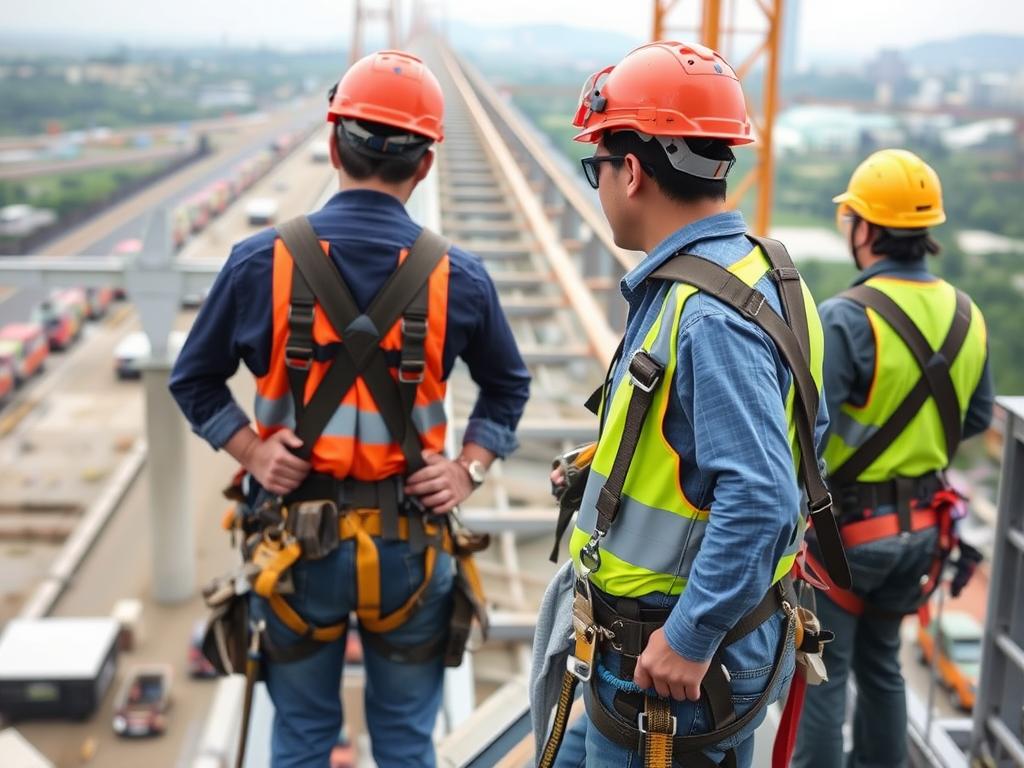
- Regulatory Body: Department of Labour Protection and Welfare
- Key Legislation: Occupational Safety, Health and Environment Act
- Safety Requirements: Safety officers, committee formation, emergency plans
- Enforcement: Improving with more regular inspections
Popular Civil Engineering Software in Asia
Proficiency in industry-standard software is essential for civil engineers working in Southeast Asia’s competitive market.
- Autodesk AutoCAD Civil 3D – The standard for infrastructure design and documentation. Used extensively for road, highway, and land development projects across Southeast Asia.
- Bentley STAAD.Pro – Widely adopted for structural analysis and design, particularly for high-rise buildings in Singapore and Malaysia.
- Tekla Structures – Preferred for concrete and steel detailing on major infrastructure projects throughout the region.
- ETABS – Commonly used for building analysis and design, especially for seismic analysis in Indonesia and the Philippines.
- Plaxis – Specialized geotechnical software used for soil analysis and foundation design in soft-soil regions of Vietnam and Thailand.
- Revit – Building Information Modeling (BIM) software increasingly required for government projects in Singapore and Malaysia.
- SAP2000 – Popular for bridge design and analysis across the region, especially in Vietnam and Indonesia.
- HEC-RAS – Essential for hydraulic modeling and flood analysis in flood-prone areas of Thailand, Vietnam, and the Philippines.
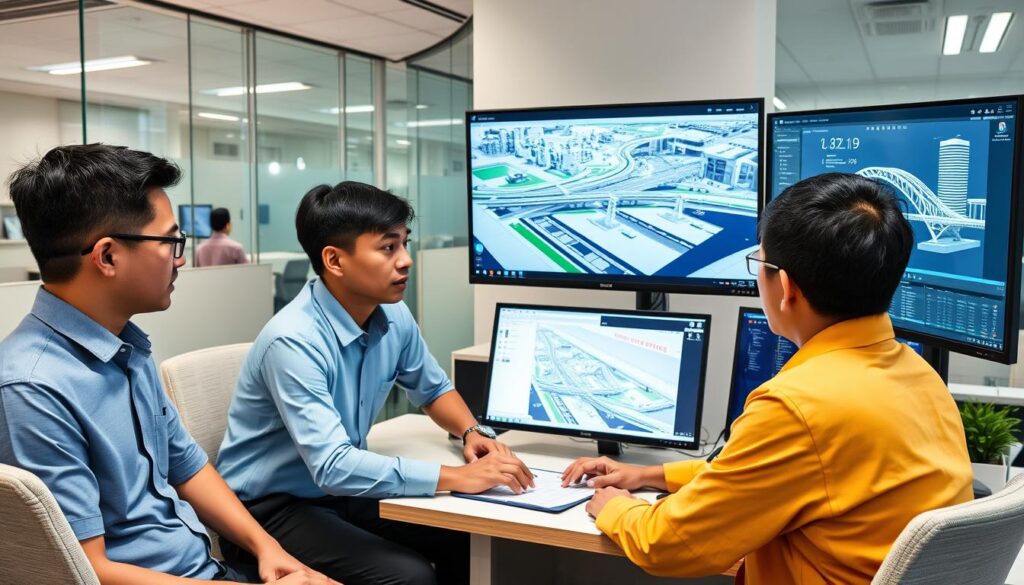
Trends and Major Projects Shaping Civil Engineering in Southeast Asia
Southeast Asia is experiencing unprecedented infrastructure development, with several mega-projects defining the civil engineering scope in the region.
Major Infrastructure Development Projects
Malaysia-Singapore High-Speed Rail
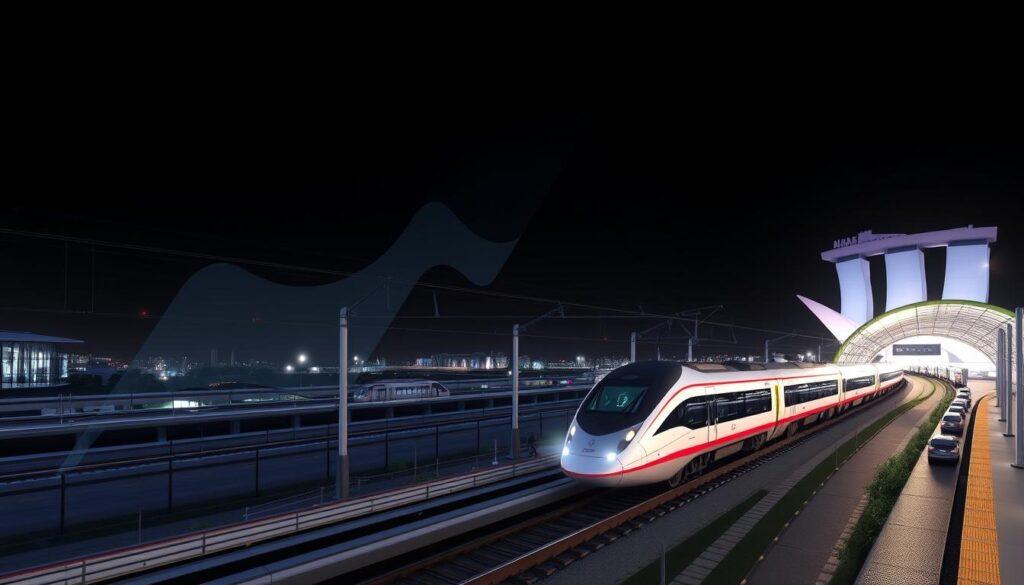
Value: USD 17 billion
Status: Under review after previous cancellation
Impact: Will reduce travel time between Kuala Lumpur and Singapore to 90 minutes, creating a significant economic corridor.
Engineering Challenges: Soil stabilization, cross-border coordination, and integration with existing transportation networks.
Indonesia’s New Capital (Nusantara)
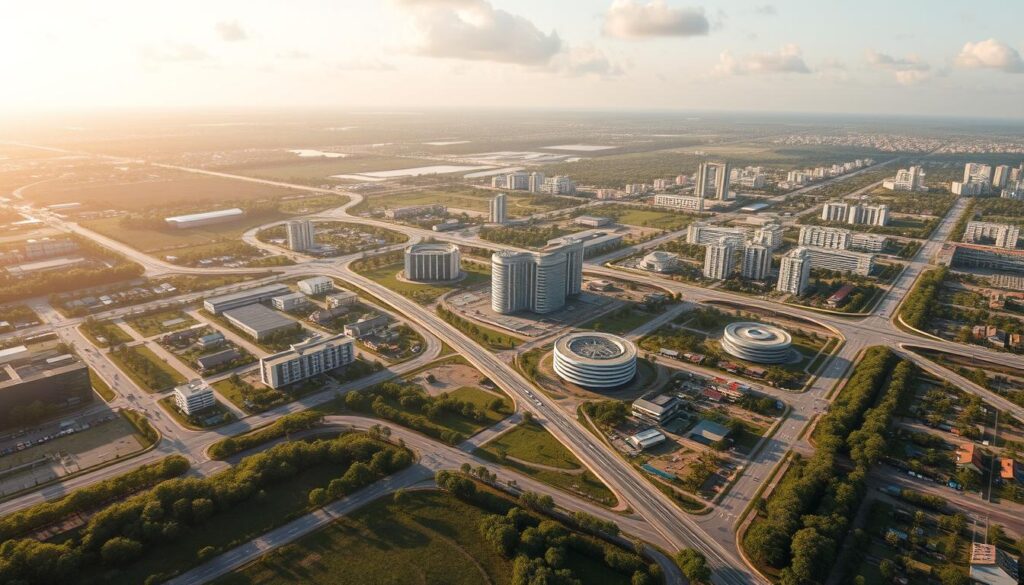
Value: USD 34 billion
Status: Under construction
Impact: Relocation of Indonesia’s capital from Jakarta to East Kalimantan, creating a planned city for 1.5 million residents.
Engineering Challenges: Sustainable development, minimal environmental impact, and creating infrastructure from scratch.
Thailand’s Eastern Economic Corridor
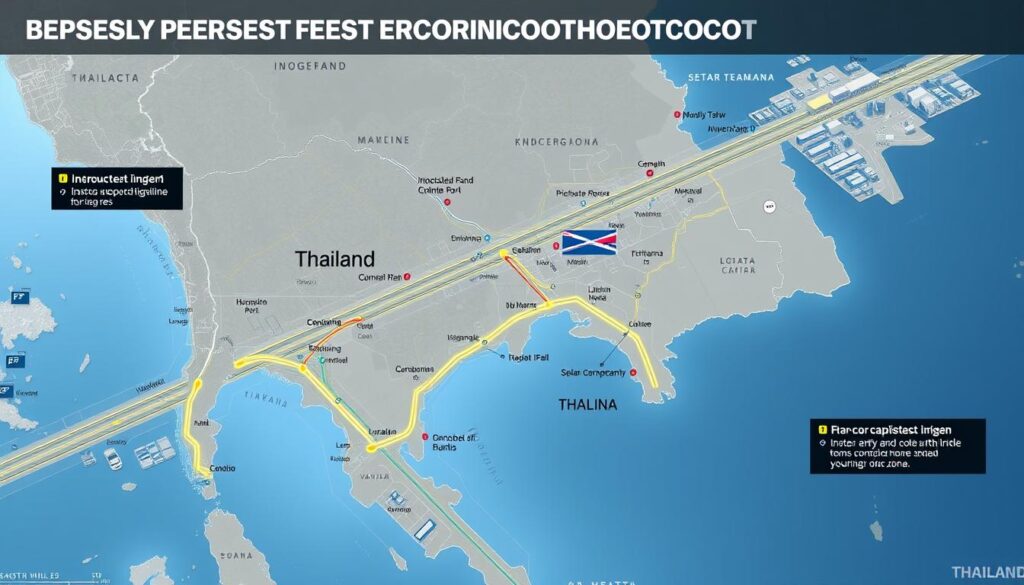
Value: USD 45 billion
Status: Ongoing
Impact: Development of three eastern provinces into an innovation hub with advanced industry and transportation links.
Engineering Challenges: Integrating multiple transportation modes, industrial facilities, and urban development.
Latest Civil Engineering Project Trends in Southeast Asia
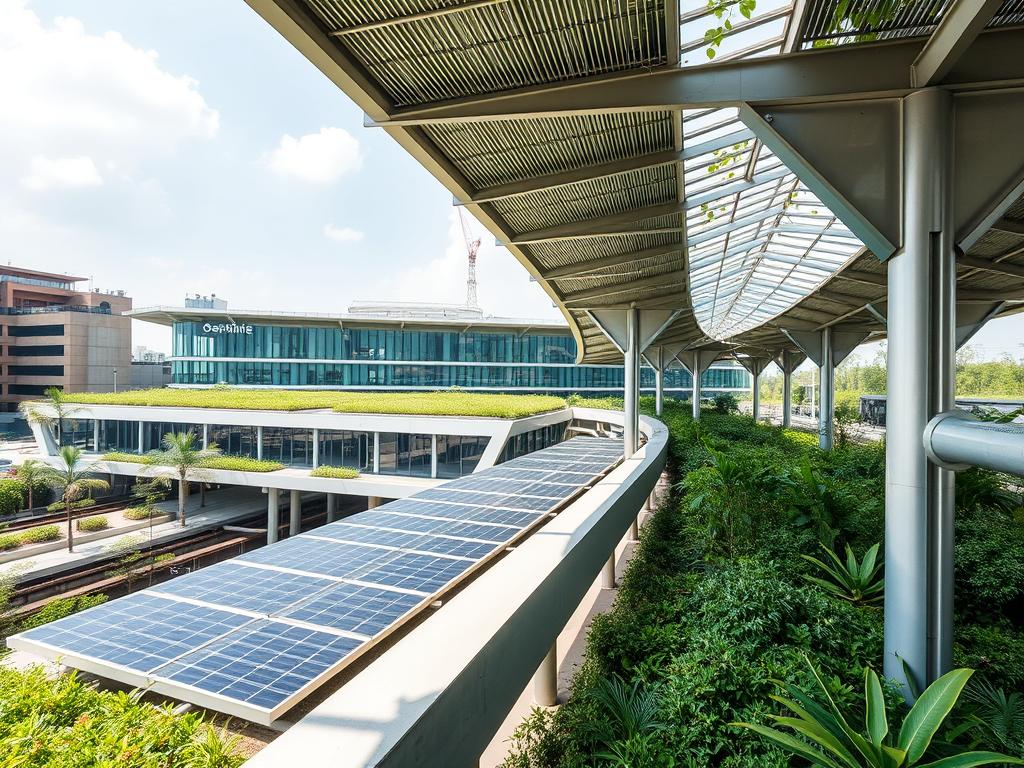
Sustainable Infrastructure
The civil engineering scope in Southeast Asia increasingly emphasizes sustainability, with projects incorporating green building standards, renewable energy integration, and climate resilience. Singapore’s Green Mark certification and Malaysia’s Green Building Index are driving sustainable construction practices across the region.

Smart Infrastructure Integration
Civil engineering projects increasingly incorporate IoT sensors, data analytics, and automation to create smart infrastructure. From traffic management systems in Singapore to flood monitoring networks in Bangkok, digital technology is transforming how infrastructure is designed, built, and maintained.
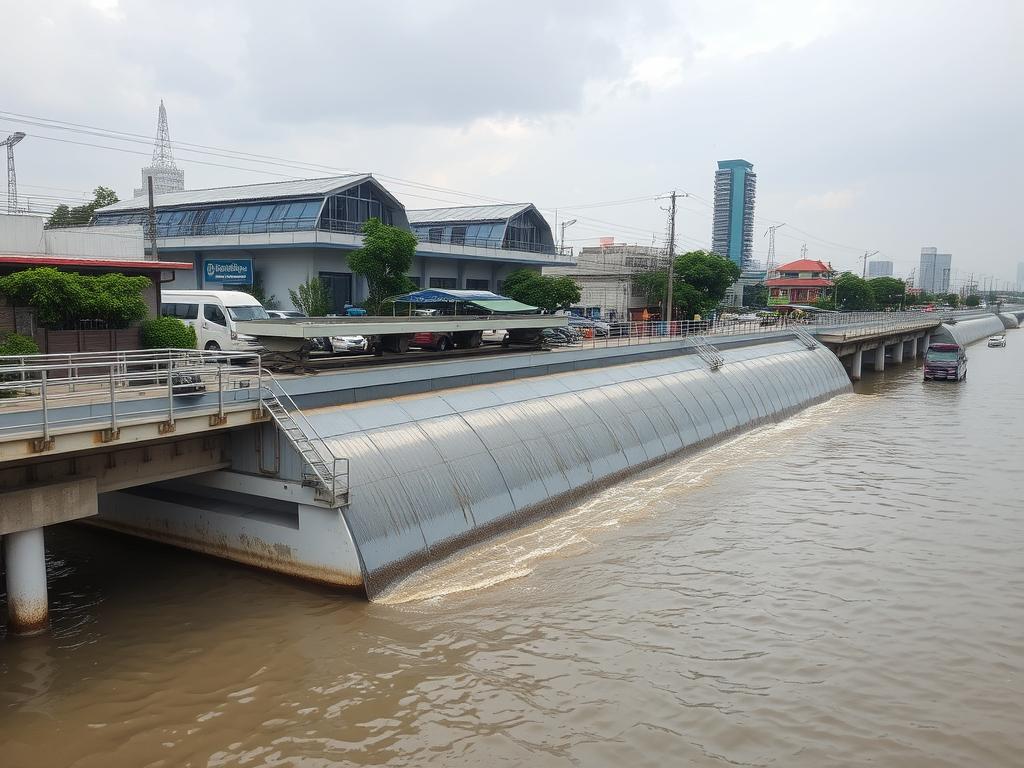
Climate Resilience
With many Southeast Asian cities vulnerable to climate change impacts, resilient infrastructure design has become a priority. Projects now incorporate flood protection, sea-level rise adaptation, and disaster-resistant construction techniques, particularly in coastal areas of Vietnam, the Philippines, and Indonesia.
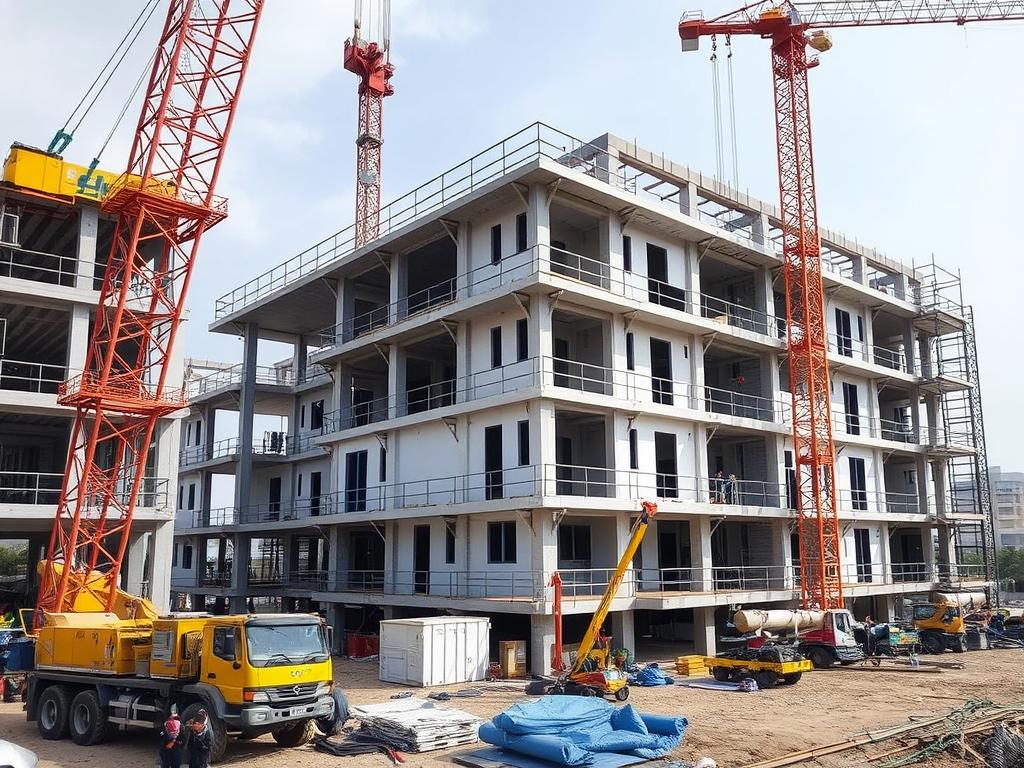
Modular and Prefabricated Construction
To address labor shortages and improve efficiency, prefabricated and modular construction techniques are gaining popularity. Singapore leads the region in Prefabricated Prefinished Volumetric Construction (PPVC), with Malaysia and Thailand following this trend for both residential and commercial projects.
Practical Guidance for Aspiring Civil Engineers in Southeast Asia
For students and professionals looking to build a career in Southeast Asia’s civil engineering sector, practical steps and resources are essential.
How to Find Engineering Internships in Asia

- University Partnerships – Many Southeast Asian universities have established internship programs with major engineering firms. Check with your university’s career center for partnership opportunities.
- Industry Associations – Organizations like the ASEAN Federation of Engineering Organizations (AFEO) and country-specific engineering societies often list internship opportunities.
- Government Programs – Singapore’s Global Ready Talent Programme and Malaysia’s Professional Training and Education for Growing Entrepreneurs (PROTÉGÉ) offer structured internships.
- Multinational Engineering Firms – Companies like AECOM, Arup, and Jacobs offer regional internship programs across their Southeast Asian offices.
Ready to Launch Your Southeast Asian Engineering Career?
Explore our curated database of internship opportunities across Singapore, Malaysia, Thailand, Vietnam, Indonesia, and the Philippines.
Top Internship Portals
- GradSingapore – Specialized in engineering opportunities in Singapore
- JobStreet – Comprehensive listings across Southeast Asia
- Glints – Tech-focused platform with engineering internships
- InternSEA – Dedicated to connecting international students with Southeast Asian companies
- LinkedIn – Filter for “internship” positions in civil engineering across the region
Essential Tips for International Engineers
Cultural Adaptation
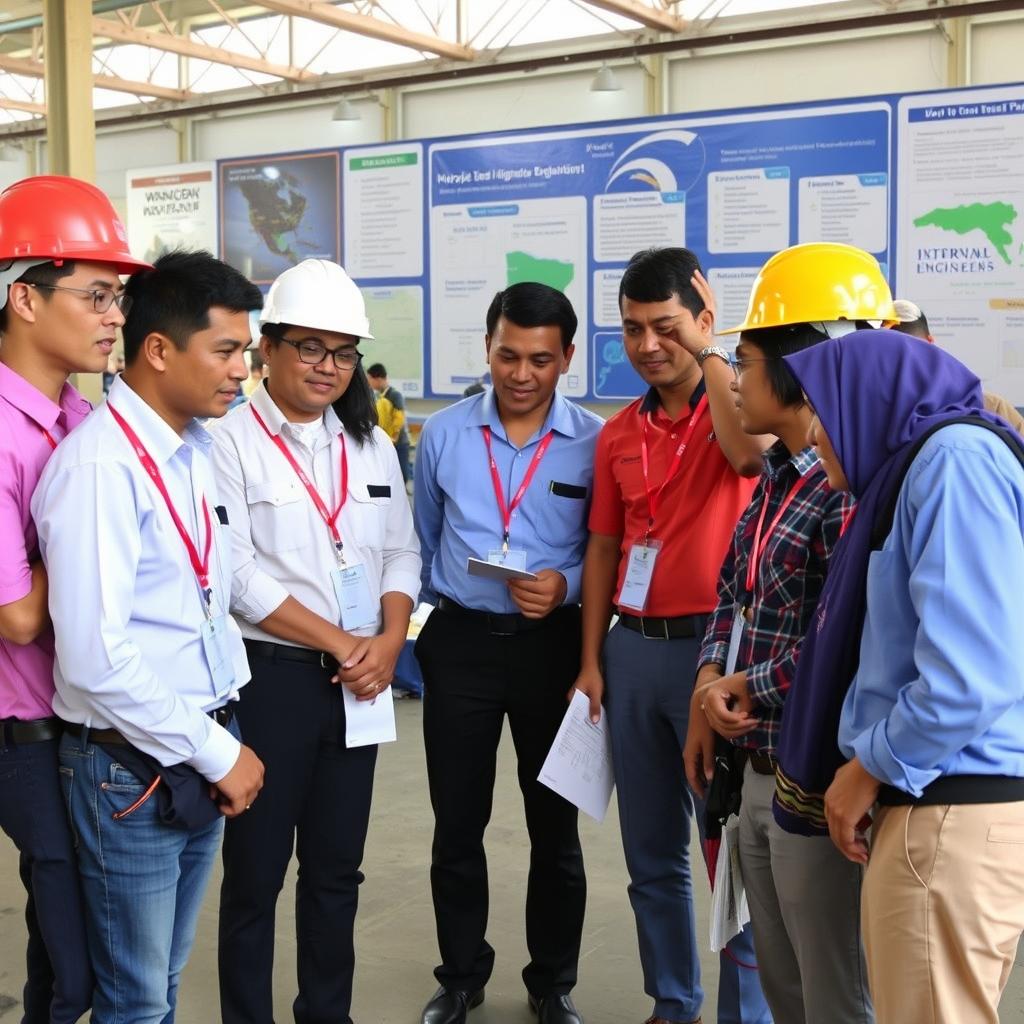
- Learn basic phrases in the local language
- Understand business etiquette specific to each country
- Respect hierarchical structures in professional settings
- Participate in team-building activities and social events
Professional Networking
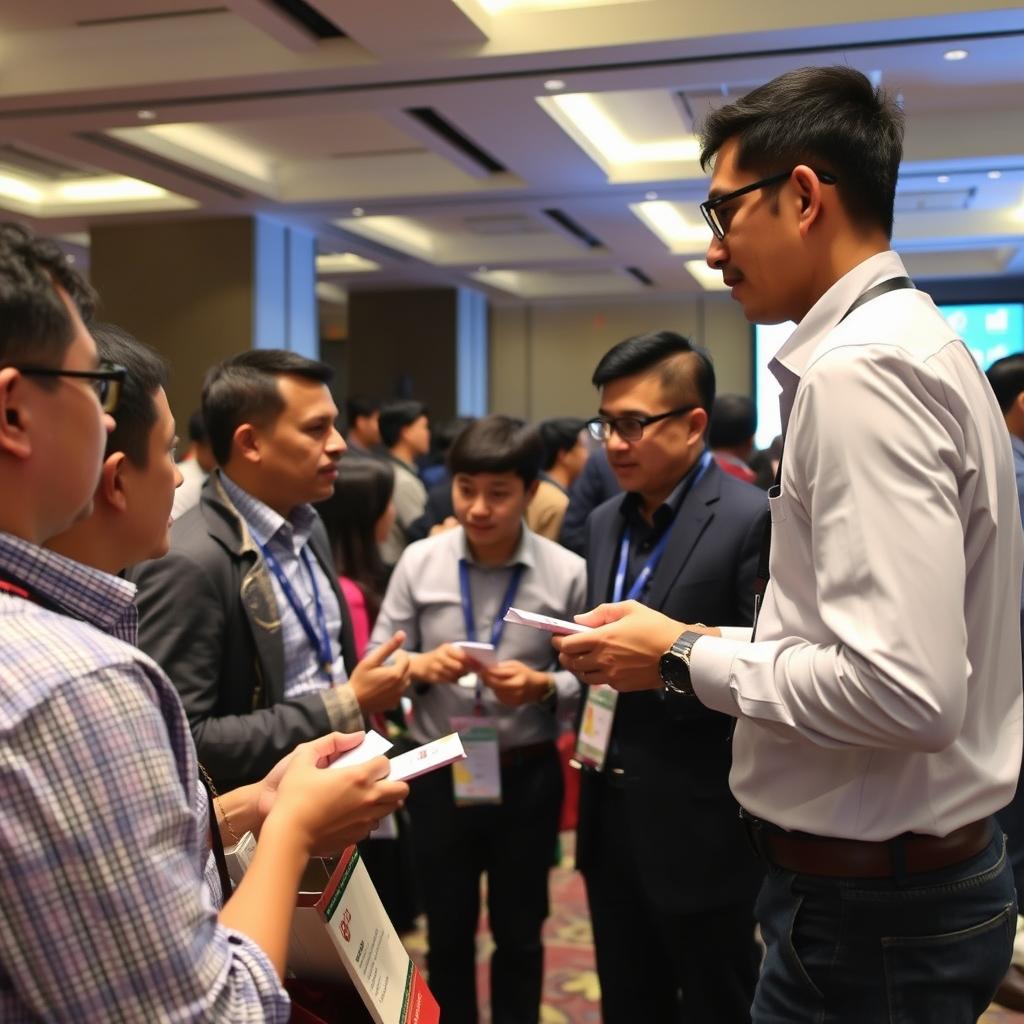
- Join country-specific engineering associations
- Attend regional conferences and trade shows
- Participate in professional development workshops
- Connect with alumni networks from your university
Visa and Work Permits
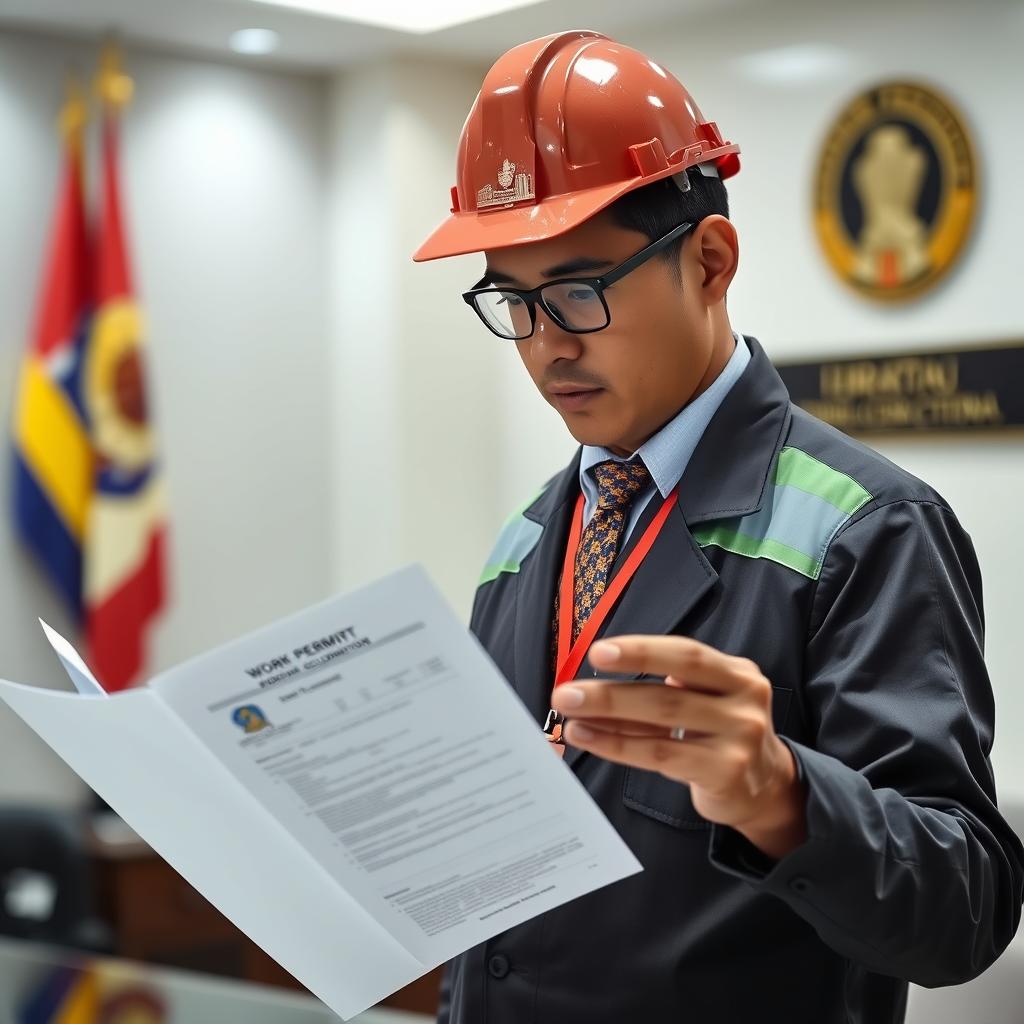
- Research country-specific requirements early
- Verify engineering qualification recognition
- Prepare for potential skills assessment tests
- Consider engaging an immigration consultant
Conclusion: The Future of Civil Engineering in Southeast Asia
The civil engineering scope in Southeast Asia presents unprecedented opportunities for professionals willing to embrace the region’s dynamic growth and unique challenges. With massive infrastructure investments, technological innovation, and a focus on sustainability, Southeast Asia offers a fertile ground for civil engineers to build rewarding careers while contributing to transformative projects.
Whether you’re a student considering educational options, a recent graduate seeking internship opportunities, or an experienced professional looking to transition to the Southeast Asian market, the region’s development trajectory promises abundant possibilities. By understanding the educational foundations, career pathways, industry standards, and emerging trends outlined in this guide, you’ll be well-positioned to navigate the exciting landscape of civil engineering in Southeast Asia.
Take the Next Step in Your Engineering Journey
Connect with our network of engineering professionals, access exclusive job listings, and receive personalized guidance for building your career in Southeast Asia.
